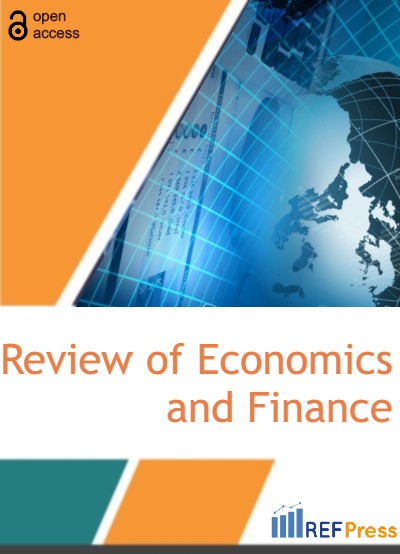
A Resource-Based View of the Asian Infrastructure Investment Bank (AIIB)
(Pages 135-144)Helen Kavvadia1,*
1Researcher in Residence, Institute of Political Studies, University of Luxembourg, 2 rue de l’Université, L-4365 Belval
DOI: https://doi.org/10.55365/1923.x2025.23.13
Abstract:
The Asian Infrastructure Investment Bank (AIIB) was established in 2015, upon China’s initiative for meeting mainly infrastructure needs in Asia. As a China-promoted organization, the AIIB has triggered academic interest mainly in the context of international relations, while overlooking business aspects. For remedying this neglect, this paper tries to understand if, how and to what extent the AIIB can dispose of the necessary funds for meeting its mission aspiration of bridging the infrastructure gap in Asia. To do so, the paper evaluates AIIB’s forecasted activity level in a Resource Based View approach. Based on the bank’s resource profile, as elaborated and analyzed based on the bank’s business model, the paper posits that the AIIB cannot cover sufficiently the targeted infrastructure investment needs. AIIB’s financing abilities are limited by its own capital-markets’ borrowing capacity, which is largely beyond the bank’s control and primarily dependent on investors’ attitudes. The current AIIB’s borrowing capacity can bear forecasted financing operations that by 2027 are expected to represent less than 1% of the Asian infrastructure needs, demonstrating a misbalance between AIIB’s business and political impact.
Keywords:
Asian Infrastructure Investment Bank (AIIB), Resource-Based View (RBV), Business Model (BM), Multilateral Development Banks (MDBs), Regional Development Banks (RDBs).
JEL classification:
F20, G30, M29.
How to Cite:
Helen Kavvadia. A Resource-Based View of the Asian Infrastructure Investment Bank (AIIB). [ref]: vol.23.2025. available at: https://refpress.org/ref-vol23-a13
Licensee REF Press This is an open access article licensed under the terms of the Creative Commons Attribution Non-Commercial License (http://creativecommons.org/licenses/by-nc/3.0/) which permits unrestricted, non-commercial use, distribution and reproduction in any medium, provided the work is properly cited.
